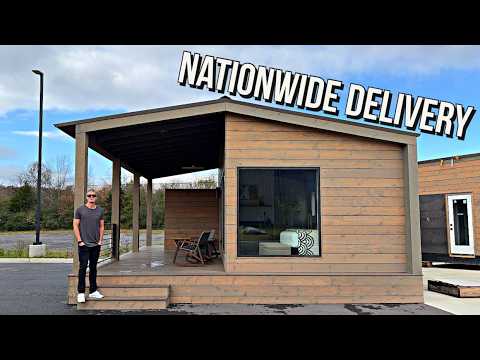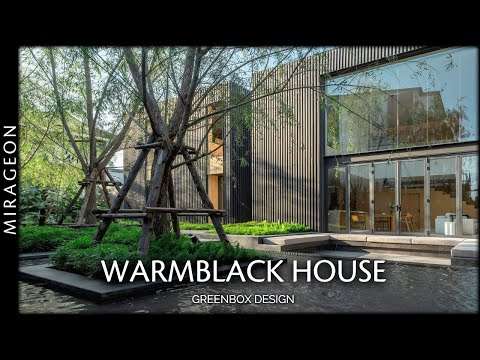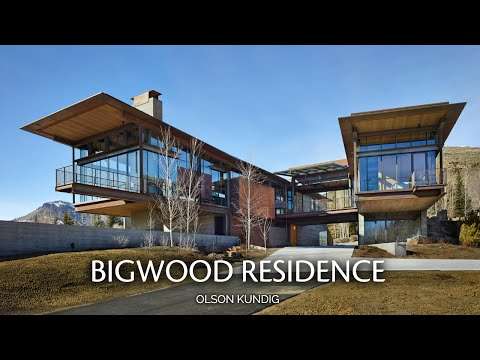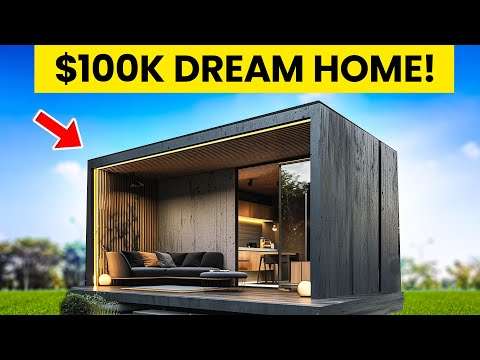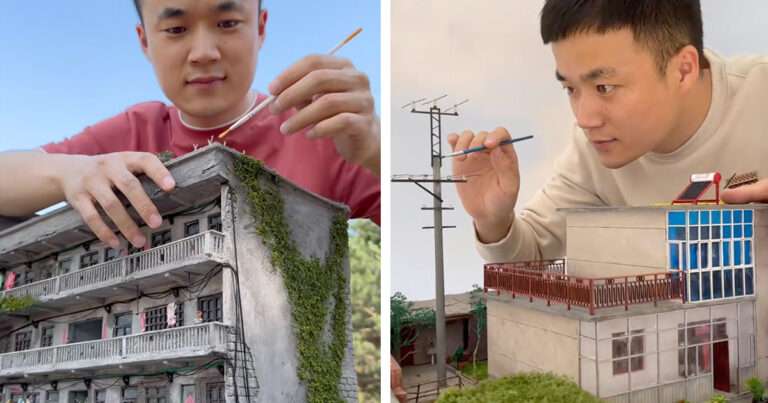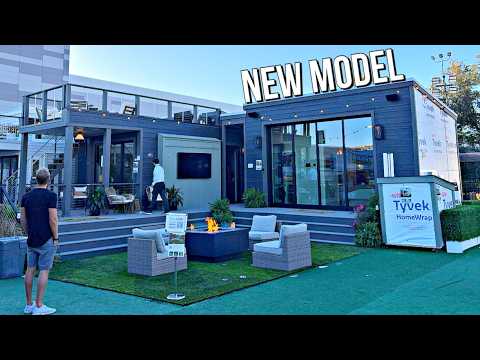We have always admired the way in which modern home office have evolved from the decades of the boring cubicles to spaces that feel fun-filled and stimulating. The trend has been truly revolutionary at times with smart offices now seeming more and more like contemporary homes with extended work areas. The Patreon Office designed by Gensler is one such gorgeous creation in San Francisco that combines creativity with relaxing panache and plenty of modernity. Started in 2013, Patreon brings together artists, musicians and creative folk from different backdrop. Its latest headquarters is the perfect hub for all the bustling activity.
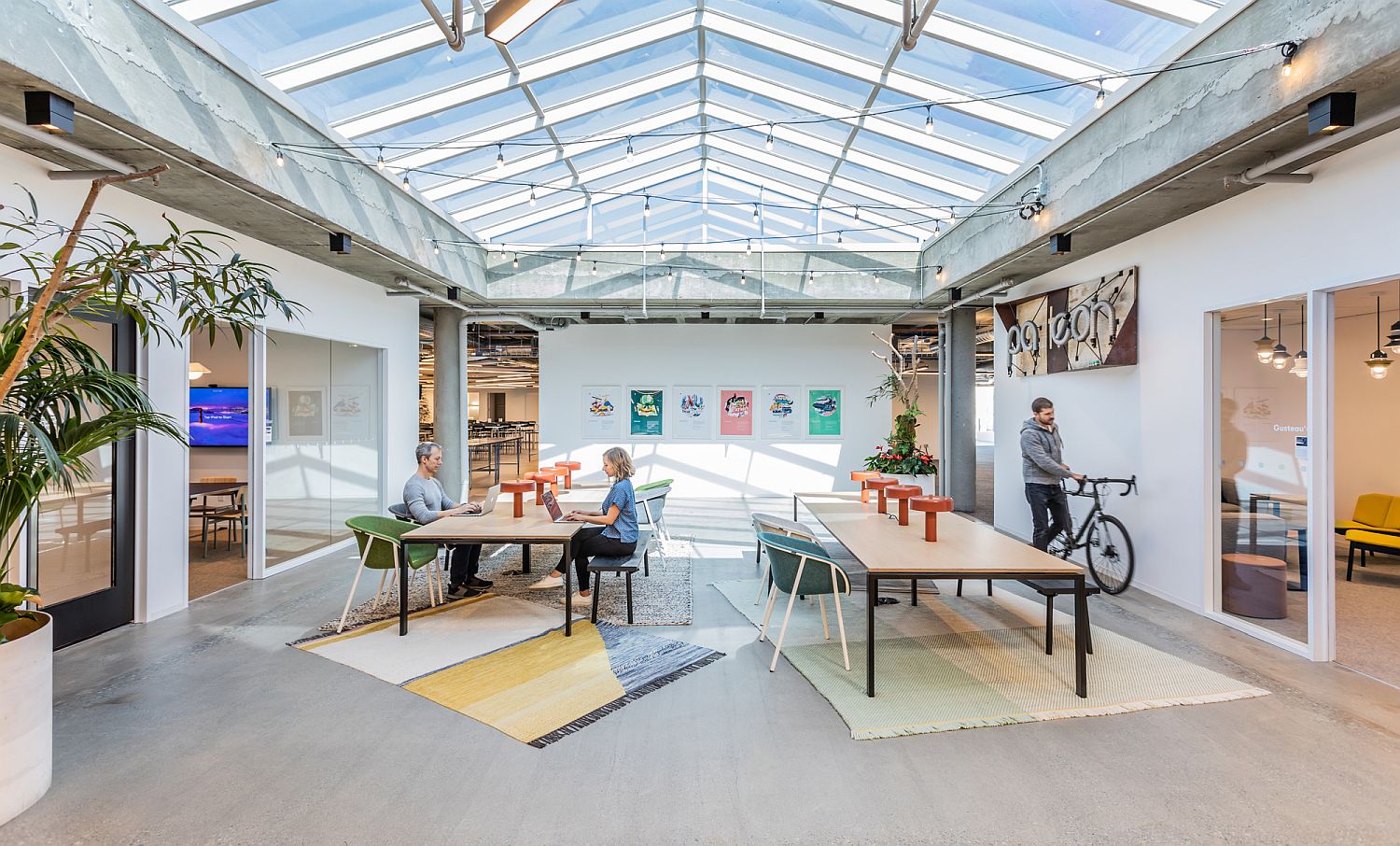
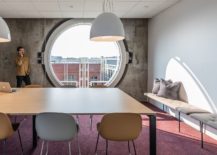
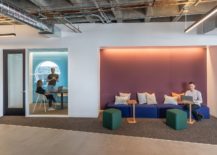
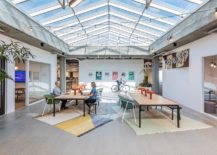
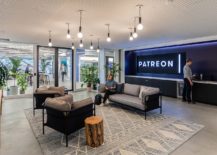
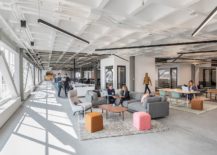
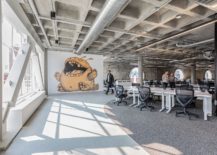
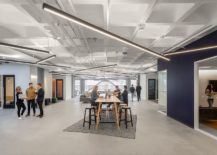
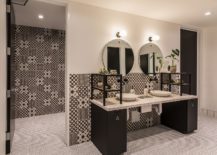
The smart design of the new office occupying a space of 41,000 square feet blends a dash of industrial style with contemporary finishes and a neutral color scheme. The central work area feels like a spacious, open living room of a modern house and a vaulted ceiling with glass panes brings in plenty of natural light. Smaller, more secure workspaces with pops of colors, recording studios and other artistic areas have been combined efficiently in here and one zone flows into the next. The entire Patreon headquarters feels like a sophisticated hub that brings together and nurtures a community of artists. [Photography: Emily Hagopian]
RELATED: Eco-Friendly Cabin Design: Tiny Retreat in the Hills Offers a Cozy Green Escape
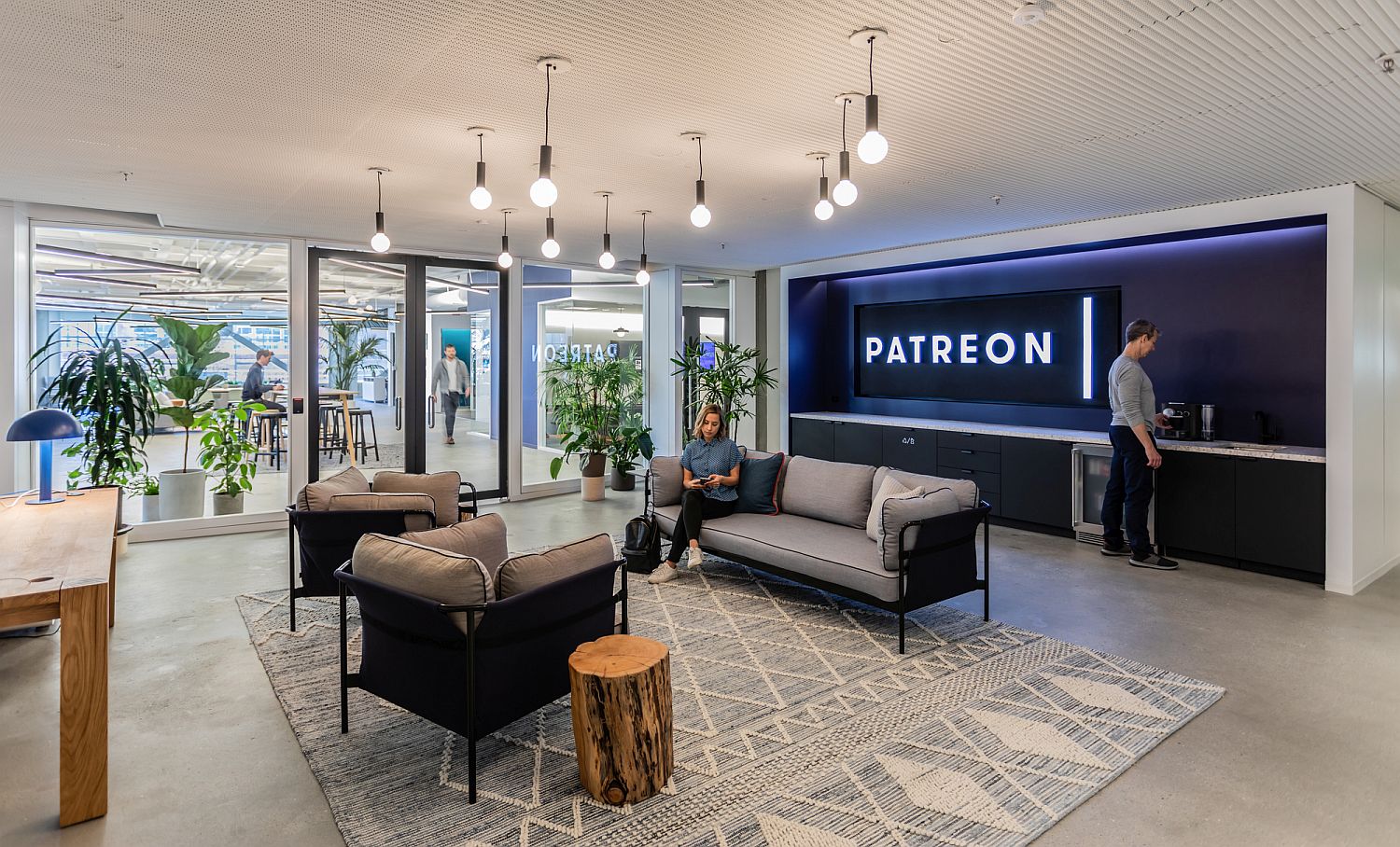
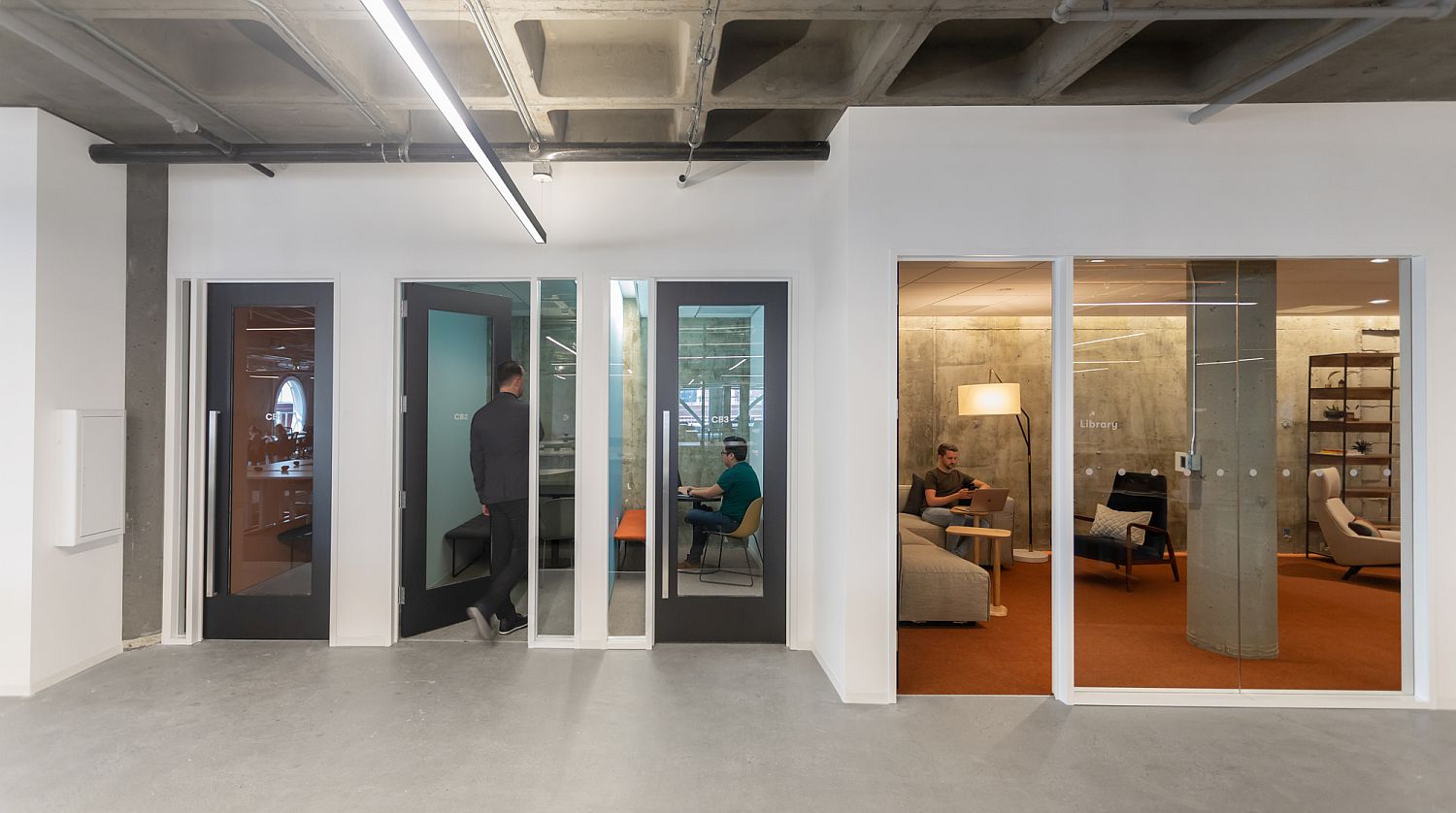
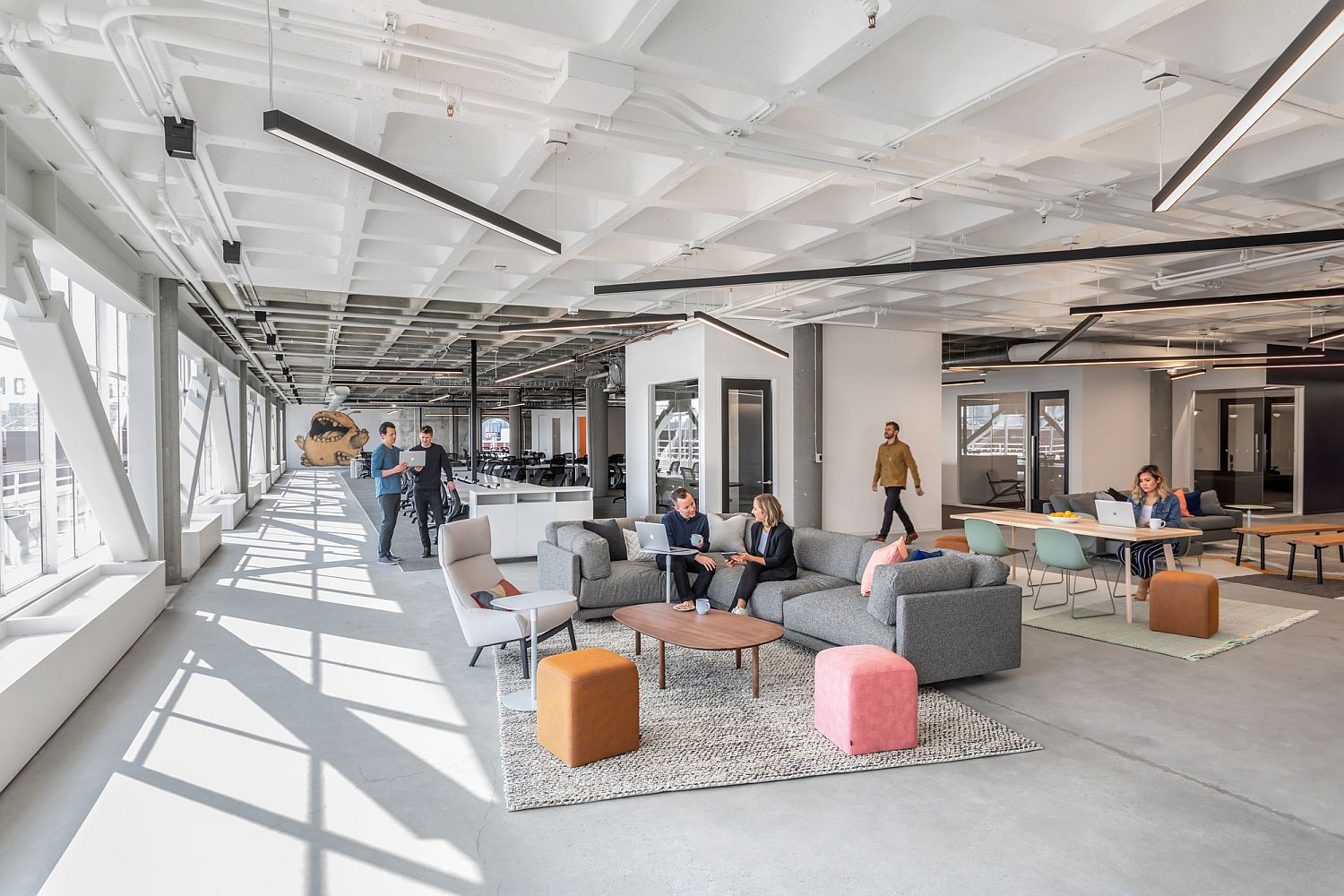
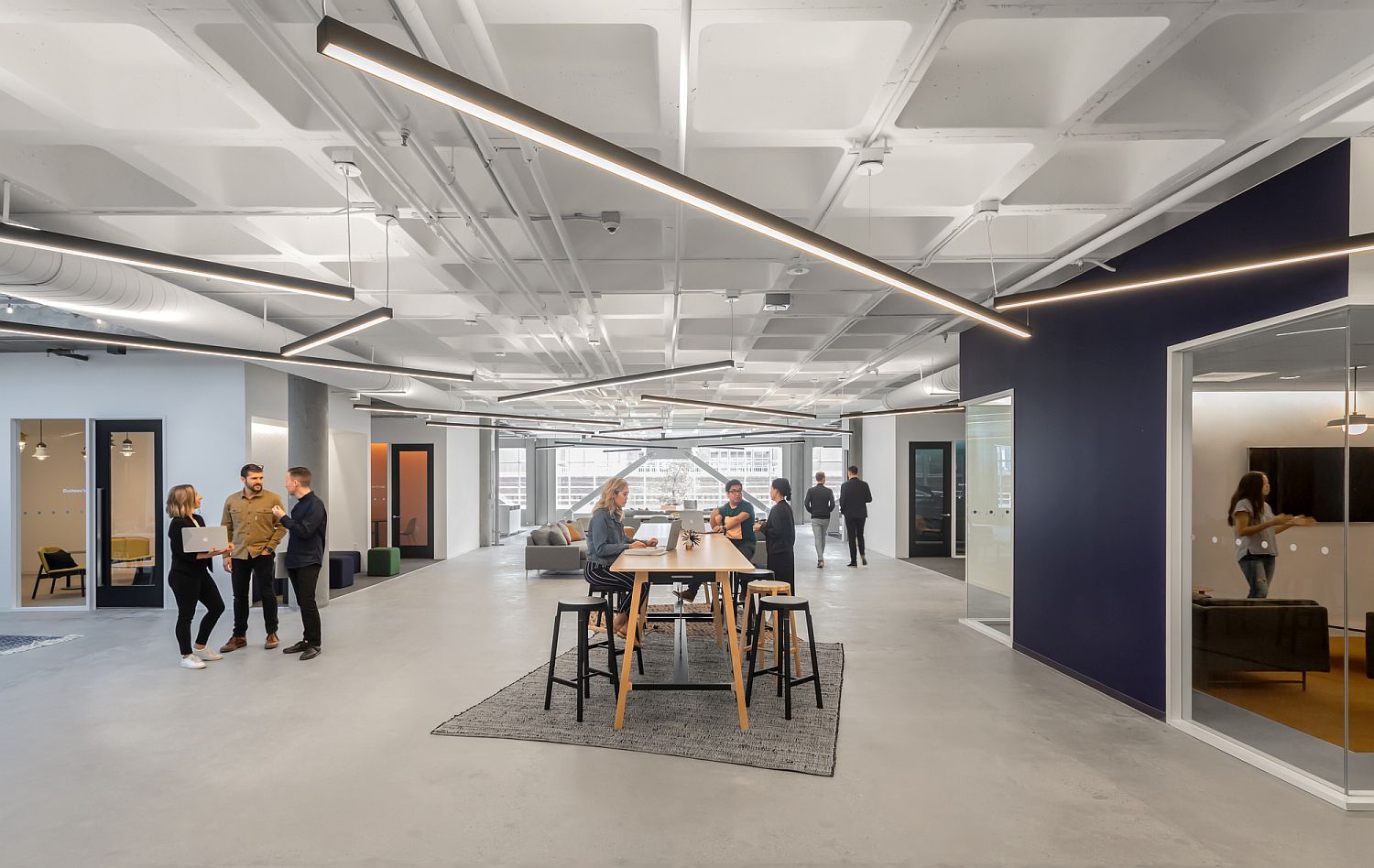
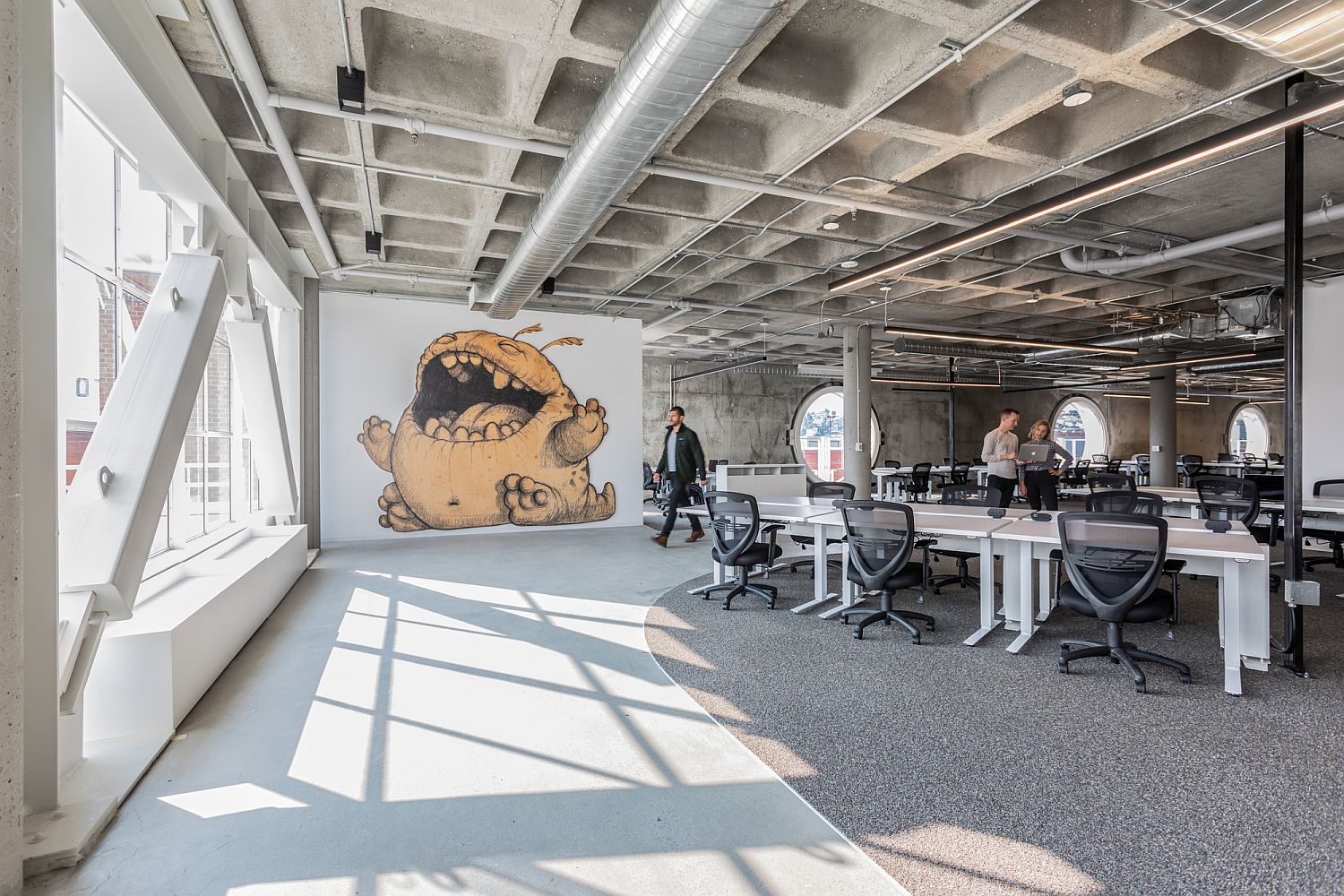
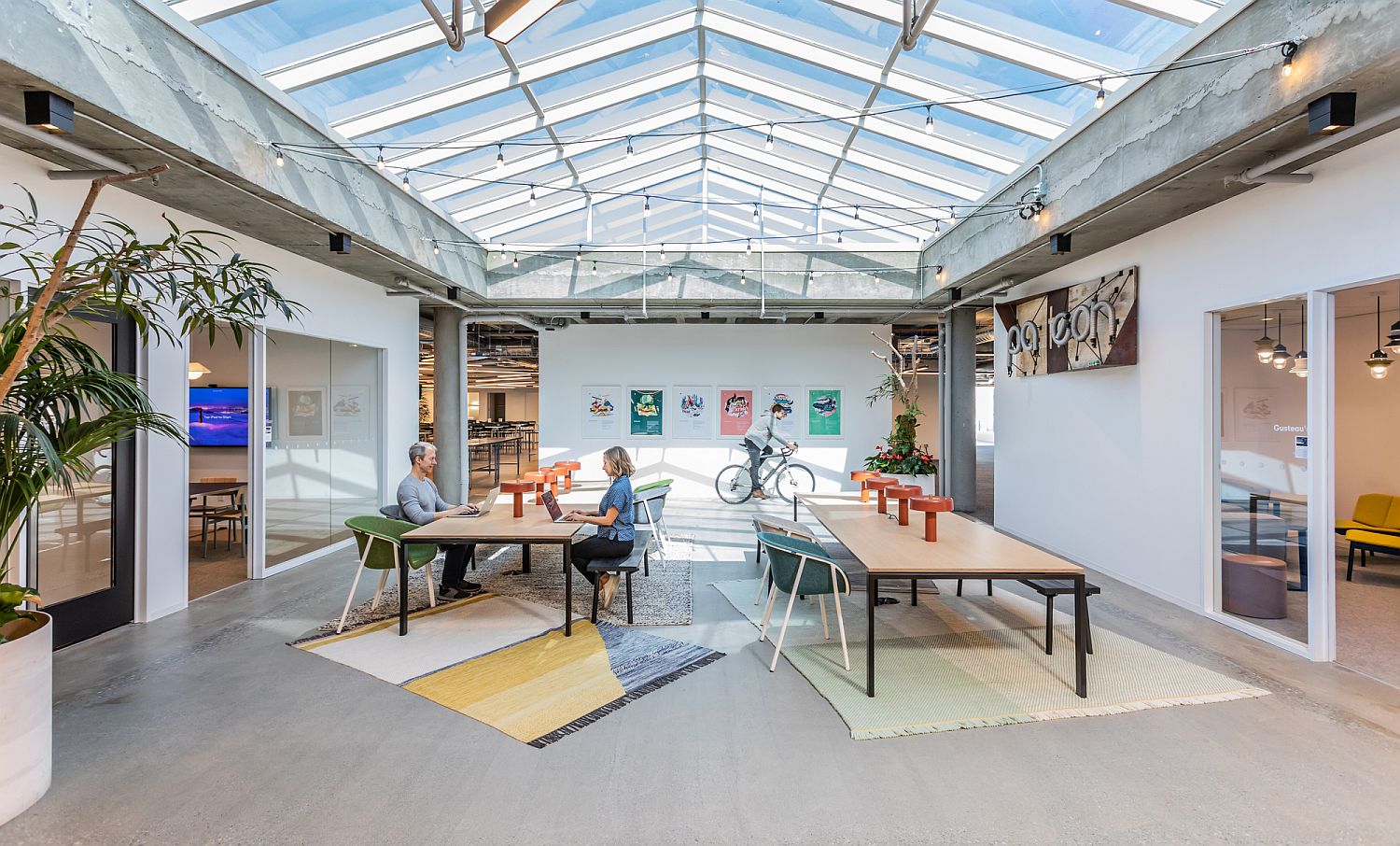
The Gensler team, fully engaging with Patreon’s passion and mission, created an environment that fits the company’s needs, supports their community, and demonstrates their new status as a mature organization. The entire space reflects Patreon’s focus on community, with distinct “neighborhood” aesthetics to provide a variety of moods, lighting, and levels of energy.
RELATED: Tiny Cabin in the Woods Charms with Dark Exterior and Versatile Design
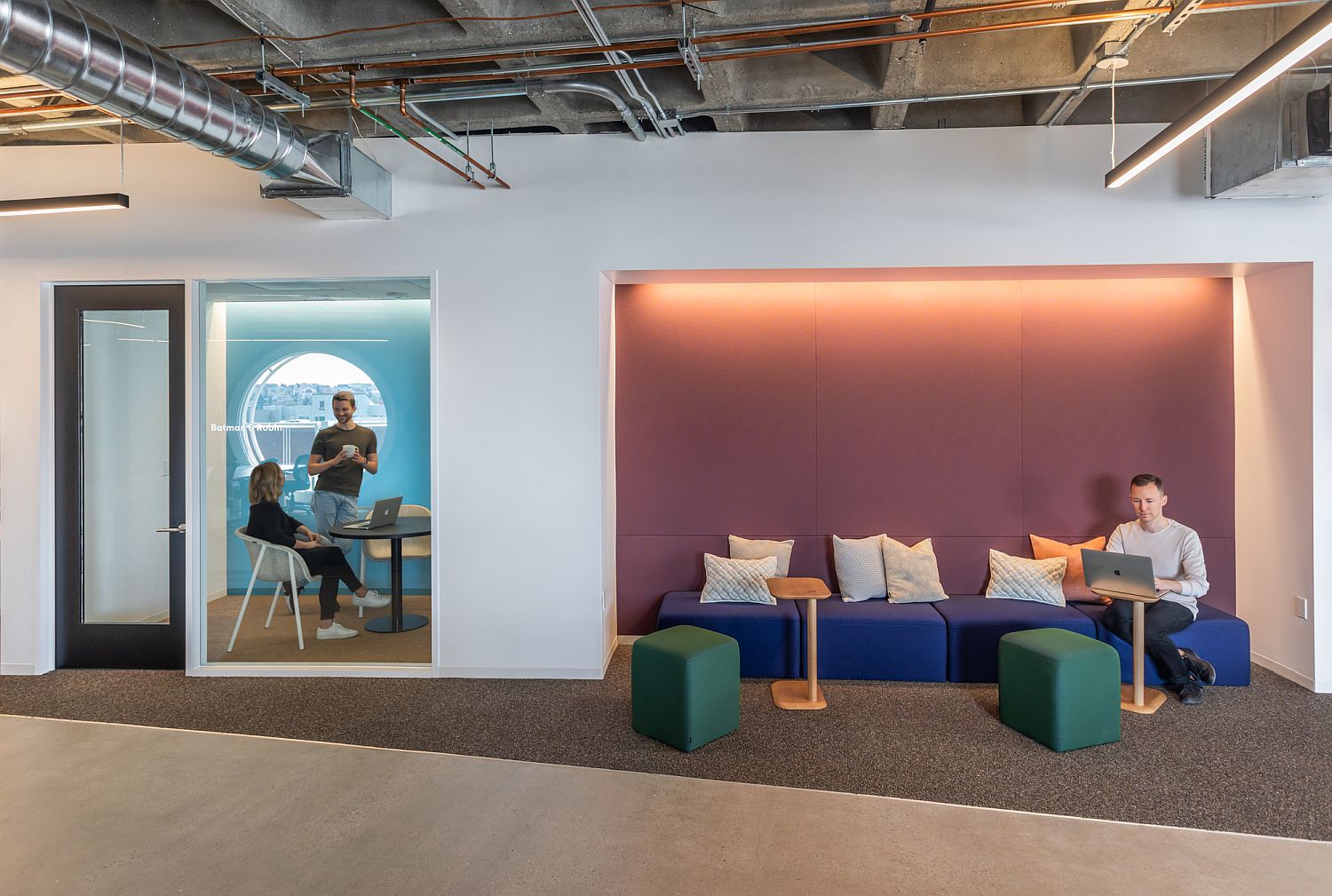
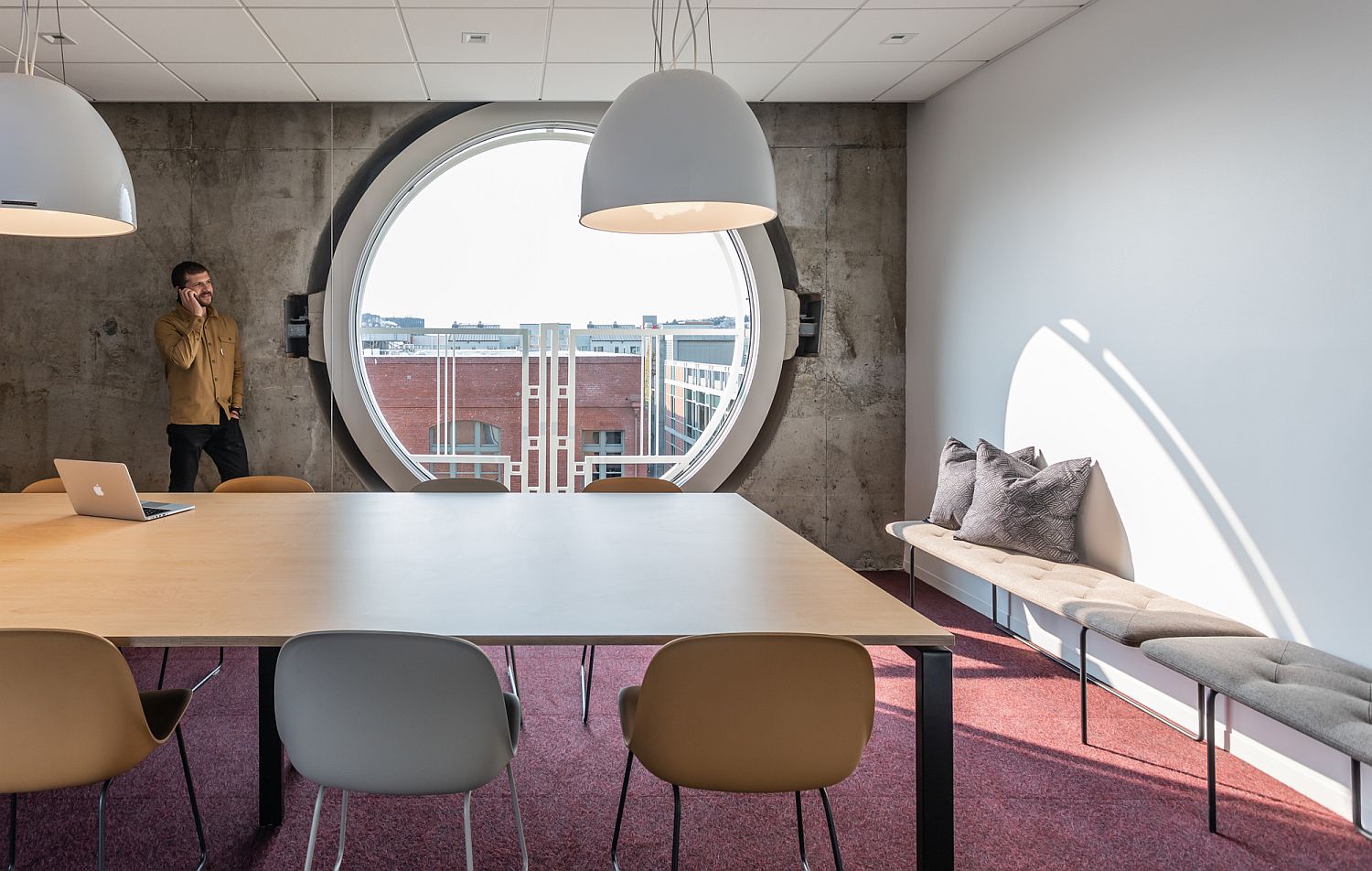
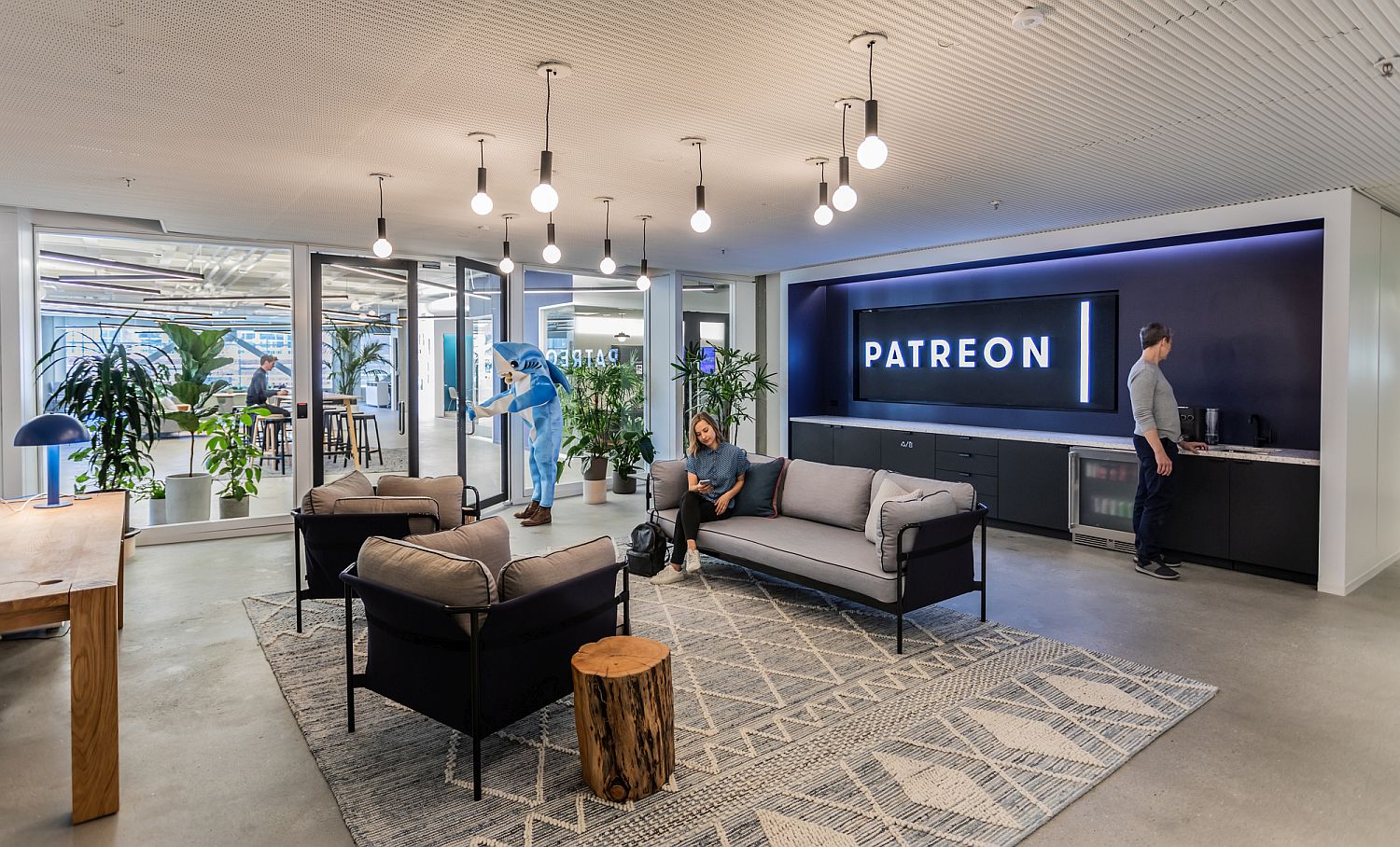
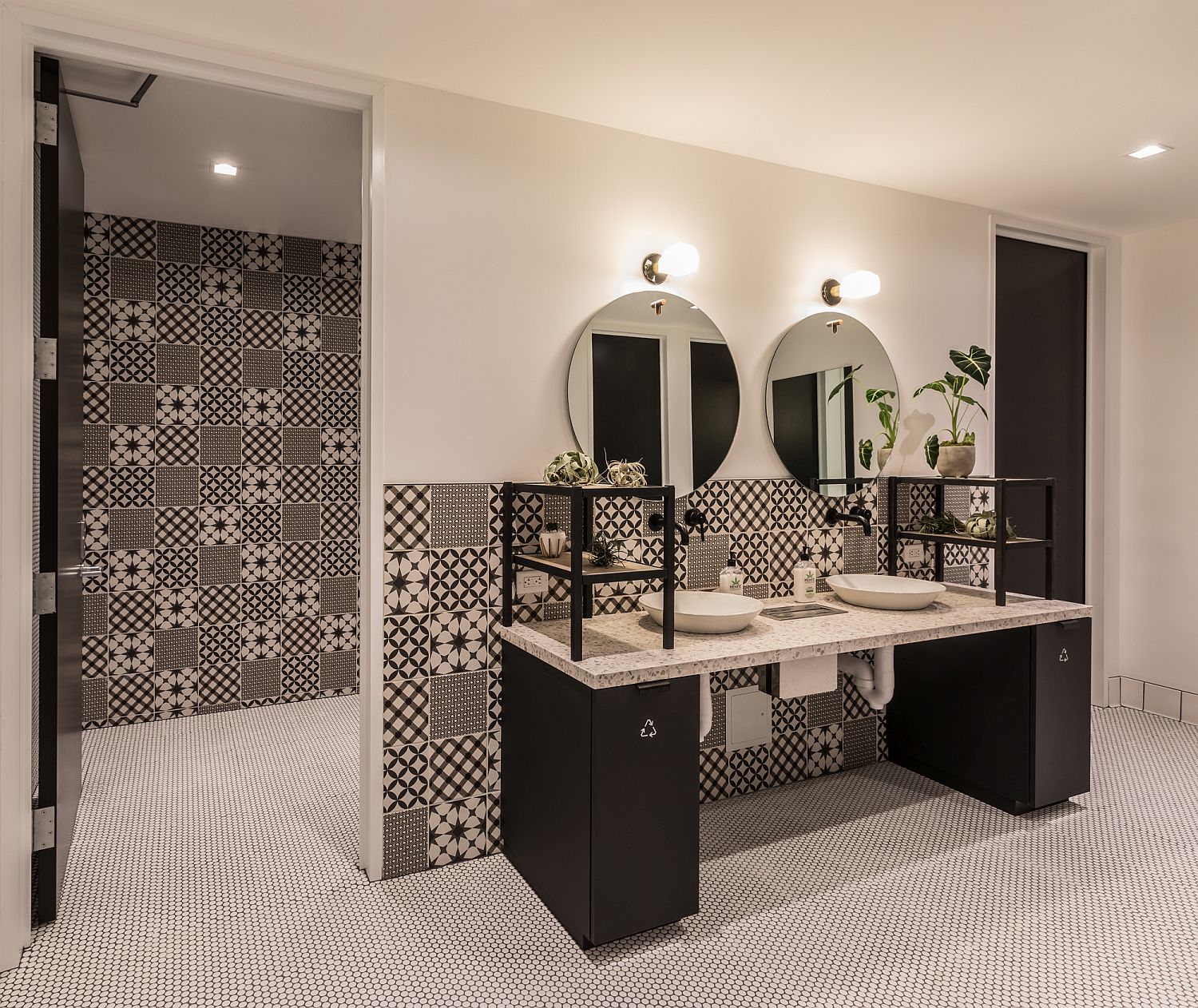
You’re reading Spacious Contemporary-Minimal Office in San Francisco Feels Casual and Classy, originally posted on Decoist. If you enjoyed this post, be sure to follow Decoist on Twitter, Facebook and Pinterest.
